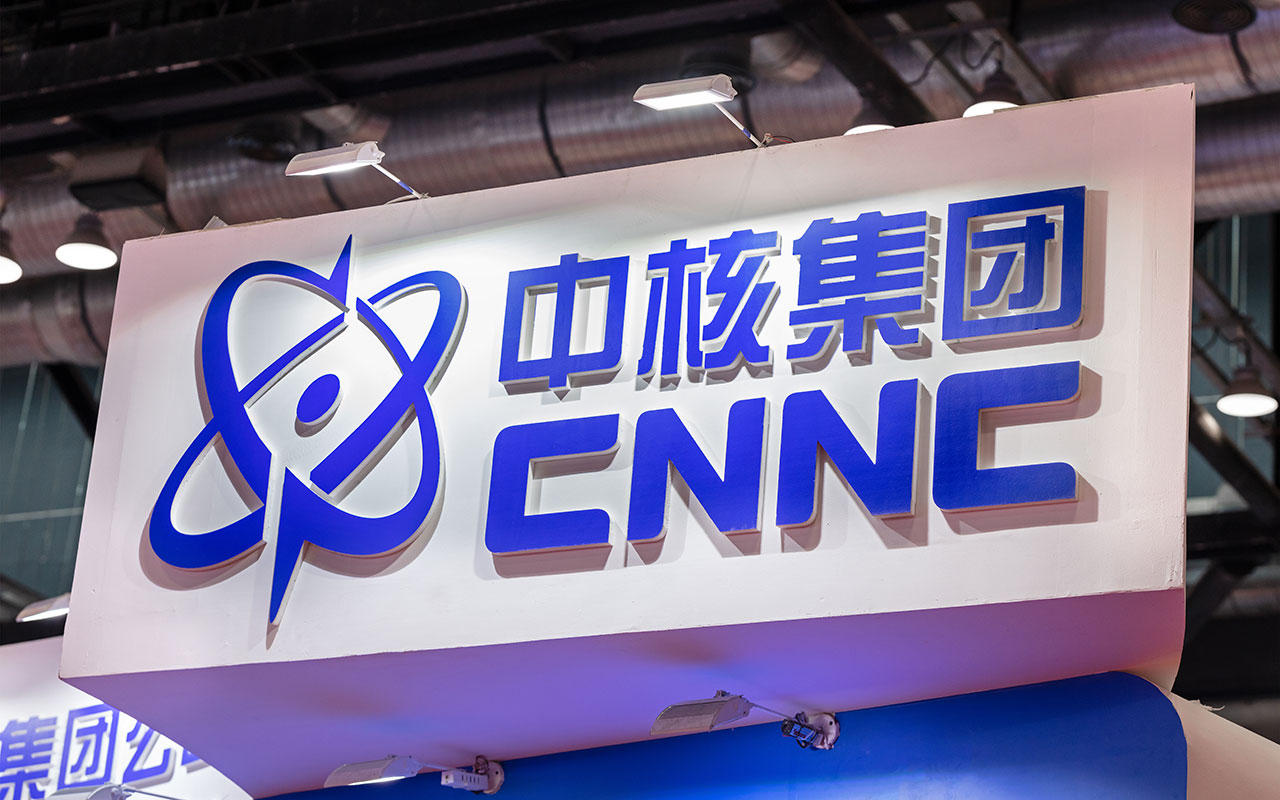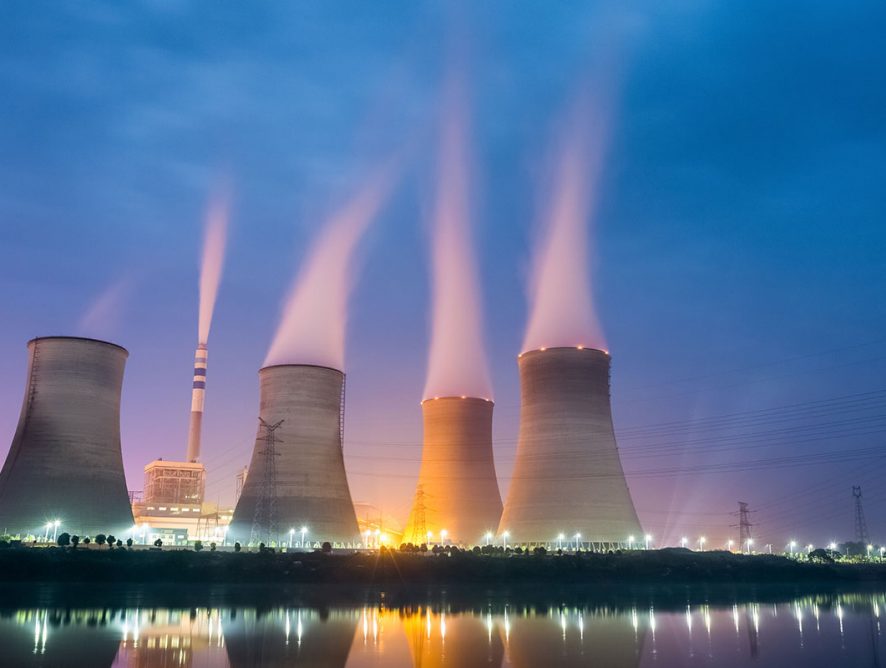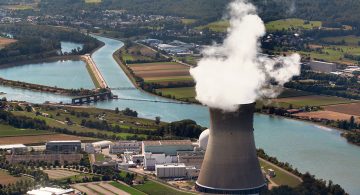China increased use of nuclear power
China should become the absolute world leader in the introduction of nuclear energy technologies by 2020. If successful, the country would assume the role of international head of nuclear technology development, industrial capacity and nuclear energy management. According to the latest official data, China’s nuclear energy production increased in 2018, as additional reactor blocks were installed in the country. According to the Chinese electricity Council (CSE), 294.4 billion KWh of nuclear energy was produced last year, which is 18.6% more than in 2017. Thus, part of China accounted for 4.2 per cent of the total electricity generation in the country. This means possible savings in the use of 90 million metric tons of coal, as well as a reduction in carbon dioxide emissions by 280 million tons. The national energy administration (NEA) said that last year the country put into operation seven nuclear power units with an installed capacity of 8.84 million. kilowatt. Today, the state has 45 nuclear power units with a total capacity of 45.9 million kW. This value puts China on the third step in the ranking of world nuclear energy production. Another 11 units are under construction, with a total installed capacity of 12.18 million KW.
Increasing use of nuclear power
According to the Chinese authorities, the country plans to increase the installed capacity of nuclear power units, working or under construction, to 88 million KW by 2020.
By the way, according to the report of the International energy Agency, by 2040 the production of nuclear energy will grow by about 46%, and more than 90 percent of the net growth will fall on China and India. In addition, if the list of manufacturers to remove the Chinese state, the production of nuclear energy in the world would be reduced for the third year in a row.

China’s expansion of nuclear weapons production capabilities is taking place against the background of its desire to improve energy efficiency, reduce carbon intensity and diversify from fossil fuels, as indicated in the country’s 13th five-year plan. As part of this plan, Beijing intends to increase nuclear power to 88 million KW by 2020. However, its current nuclear capacity of 45.9 million kW is still limited by renewable energy sources such as wind and solar – which are cheaper, cleaner and safer to operate. According to the Report on the state of the nuclear industry in the world for 2018, the world’s nuclear energy production in 2017 increased by 1%, as the world’s nuclear fleet produced 2,503 terawatt-hours (TWh) of electricity. On a global scale, the potential for nuclear power seems to increase, as some countries continue to increase their efforts to decarbonize. According to the report of the world nuclear Association, there is a significant increase in nuclear energy in the world. According to their calculations, in 2019 and 2020, humanity will have more reactors than in the last 30 years.



